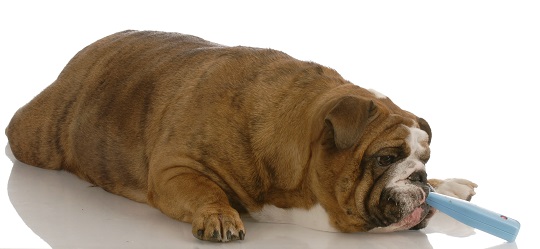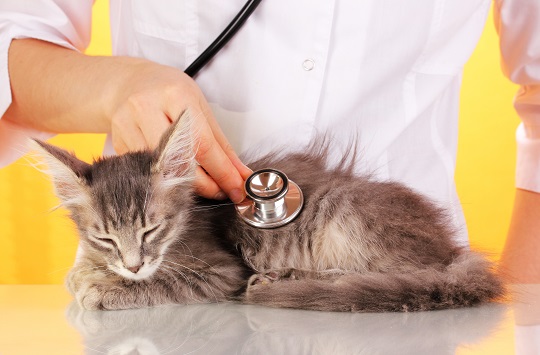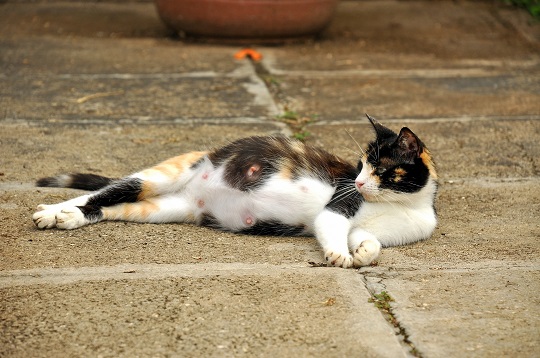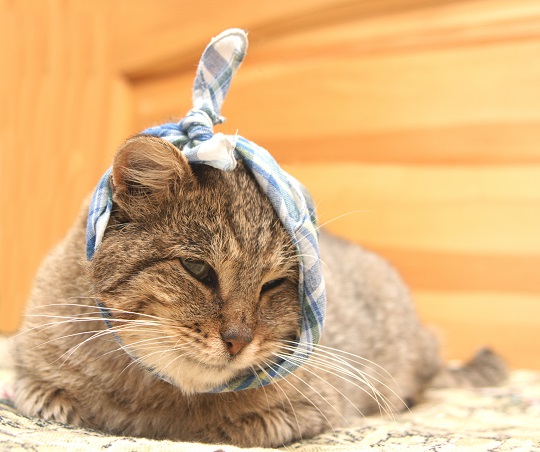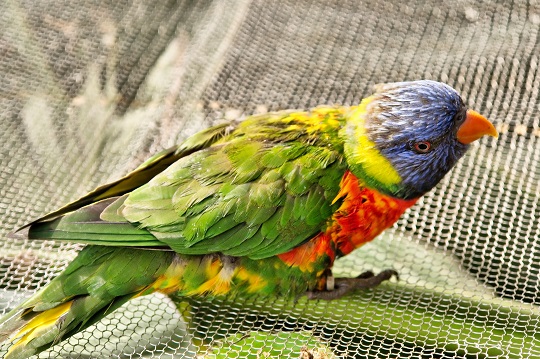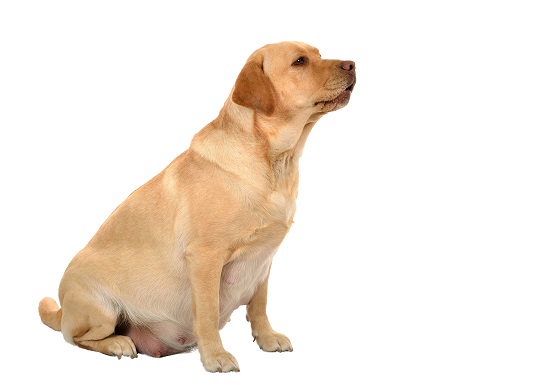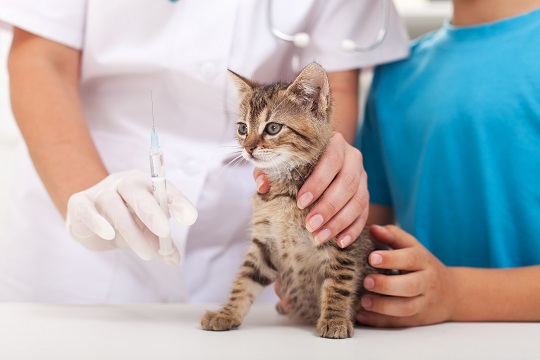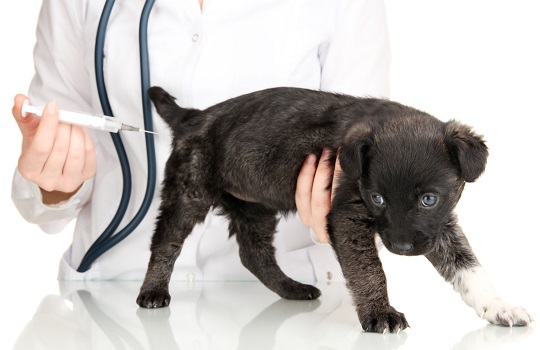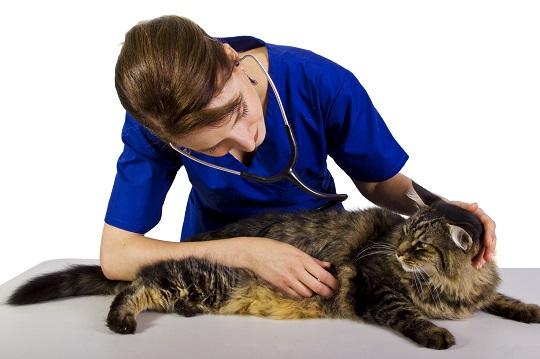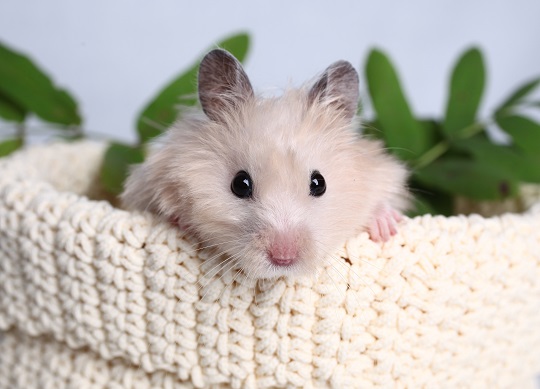“My dog has diarrhea!” Diarrhea could be an indication of a larger health issue in your dog. Before going to a vet, it is advised that you run some simple, at-home medical procedures on your dog so that the vet will be able to assess and prescribe the situation better. Read this guide on what to do before you go to the vet when your dog has diarrhea.
What To Do
1. Of course, the cause of the diarrhea may be your dog’s diet. Fast your dog (do not give it anything besides plenty of water – even treats and toys that involve chewing are included) for 24 hours to cycle out any of the potential causes of the problem.
2. After 24 hours, feed it something “bland” — as in, something without any seasoning or sodium, such as boiled chicken and rice. This is to make sure that your dog is able to sustain itself and will generate fecal matter for a local vet to examine. When you are boiling the bland food, take care to get rid of any floating oils.
3. When feeding the bland food to your dog, give it frequently in small portions. Make sure that the dog is also drinking plenty of water. Any bones present in the bland food should be minimized in order to ease the burden on the dog’s digestive system.
4. Continue feeding your dog the bland diet until it produces a solid stool. Then, carefully package the stool in a ziplock, air-tight bag — This is to show the stool to a vet and to identify the problem. Take your dog to a vet.
Before going to a veterinarian it is recommended to take notes of your dog’s behavior throughout the day, including diet, activity levels, and sleeping habits. This will help your veterinarian identify the problem better and more quickly.
Additional Help
“My dog has diarrhea, even after I fed it bland food – what do I do?”
If you feel like you would rather consult a veterinarian on your dog’s health, use TalkLocal to find one. We will connect you with up to three vets in your area who will be available to help you when you need it most.

